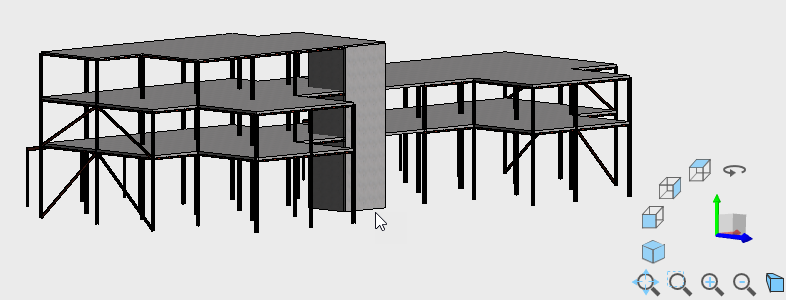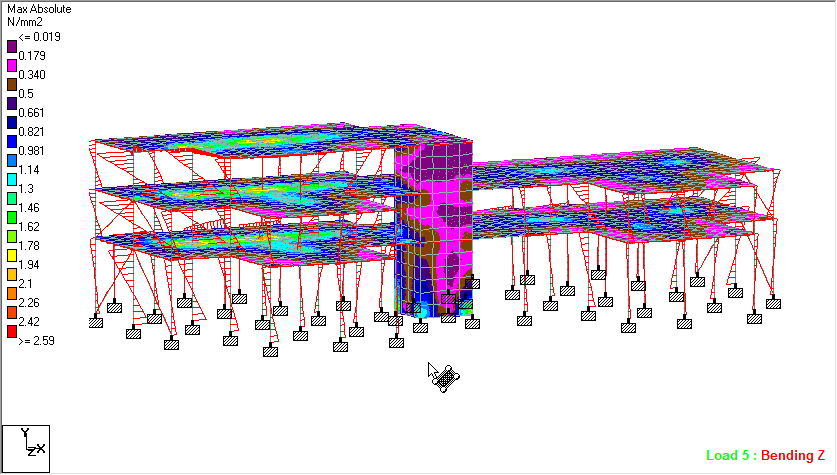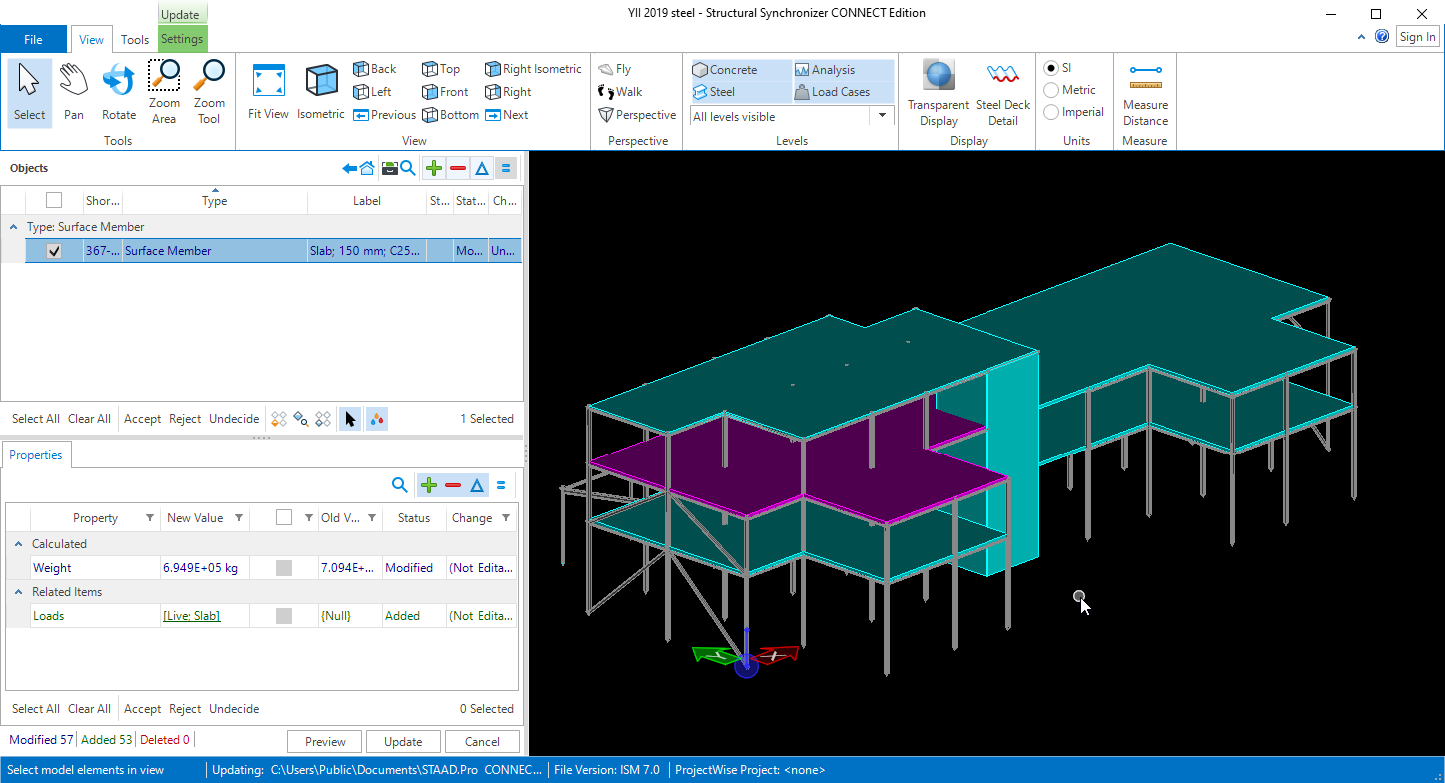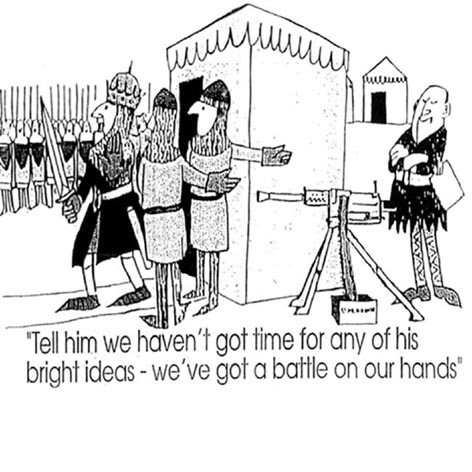Virtuosity Blog
Why Would Anyone Want to Change the Way They Use STAAD.Pro?
STAAD.Pro has been a main stay of the construction industry for such a long time it is easy to think of it as a comfortable blanket that doesn’t need to be modified. So you may well ask, "Why do we see new versions regularly published?"
Engineers are put under increasing pressure to deliver projects on tighter timeframes and with increased efficiency. This means that understandably tough decisions have to be made on how to best invest the most important resource anyone has, ‘time’. Knowing how best to invest this precious resource can be one of the most important decisions an engineer can make. Especially when the deadline on a project looms large.
Taking ‘some’ of that precious time to review and adapt an established routine might be the best investment you can make.
Fig 1 - Extract from a posting by Kent Blumberg, https://kentblumberg.typepad.com/kent_blumberg/2006/09/whos_your_fool.html
When STAAD became part of the Bentley portfolio over 15 years ago, it had a well-established interface and clear workflow that could easily be built into a well-defined engineering project. Build an analysis model, determine the loading and design requirements, confirm these have been met and hand over the results to the checking team and detailers for drawing production.
So, what has changed in the last 15 years? Is the best practice well over a decade ago still best practice today?
Apart from the constant refinement of design codes published by specification bodies, we have seen the emergence of the BIM process as a cornerstone to the delivery of construction projects. BIM, the acronym of Building information Modelling is a response to the growing adoption of digital solutions for multiple aspects of the project. Individually each solution provided the design team a more efficient and often more accurate method to address a specific set of requirements. However, what became ever more obvious is that a significant opportunity to improve efficiency was being missed. Although each solution was solving a specific aspect of the project, the relationship each solution had with others in the project was being missed. In other words, different parts of the design were built using duplicated data. It may seem obvious, but the more duplicating of data projects includes, the more points of failure exist as each independent data set needs to be updated to reflect changes and often that does not happen.
The more complex projects become, the more managing the data becomes ever more pivotal and increasingly being demanded by more technically savvy clients who see the value in the development process and realising that this can be used beyond the day the keys are handed over and they take possession of a shiny new site.
So how does this affect the engineer using STAAD.Pro? The efficient process developed over years has which has resulted in successful delivery of projects in the past means that a degree of reluctance to change to disrupt this success can ultimately lead to a less successful project. Standing still in today’s world of ever faster development and delivery is equivalent to going backwards as it simply lets the competition, catch up, overtake and leave you behind wondering what happened.
Physical Modelling
One characteristic that becomes clear when working with more holistic view of a project is that to be effective in sharing data between design teams, we need to work with a common language. The development of the isolated digital solutions has meant that software developers had three choices, although two are only really viable, with one the obvious choice.
- Ignore this changing environment and keep to the old ways. This is the head in the sand approach for which we can look to history to see the carcases of those that chose this unflexing stance. Look at the companies like Blockbusters who didn’t respond to the change of viewers to the streaming platform or Kodaks stance as the photographic world moved from using film to digital imaging.
- Change the basis of the software and adopt a common schema that everyone else in the project also uses. This is a major disruptive process and can easily undermine a successful operation if the schema fails to completely replicate all the nuances that means that migrating to this system could potentially undermine all the benefits developed thus far.
- Work together with the others developing other software to agree on a shared platform which can host the important base data. Then develop a robust interop with a central repository to ensure the key data in each discipline can maintain its own data whilst leveraging the benefit of working with the rest of the solutions in the project.
So the most responsible way for software to develop is to work with a collaborative central repository to obtain the current truth. This means using an agreed platform that would be suitable for all different disciplines. It does not take much to realise that the data format used in an analysis application like STAAD.Pro, would not be suitable as that common platform.

Fig 2 - Physical model defined in the STAAD.Pro CONNECT Edition

Fig 3 - Typical analysis results from the physical model
The purpose of the analysis application is to determine the distribution of forces and displacements that occur when subjected to a prescribed loading pattern. This is achieved by solving a set of equations described by the stiffness relationships of the analytical objects. Thus STAAD.Pro was designed to allow the engineer to describe the analytical objects.
The structural engineer would be given a set of plans and determines how that should be decomposed into the objects to create a well-formed analysis model. This means they have taken a physical model and decomposed it into those analytical parts for the purpose of analysis. To make use of this in a BIM workflow, some physical interpretation is needed. Back in 2011 a system was developed to infer what the physical model should be based on the analytical parts. Essentially making an attempt to take a collection of parts to rebuild a model. Reversing the exercise previously undertaking to create the analytical model in the first place.
So hopefully it becomes clear that what is actually needed by the engineer is a system where they can construct the model as a well defined physical representation which is meshed into the analytical parts (i.e. the STAAD analysis data) which is solved as done.
This means that not only are they working with a model that is more representative of the physical world and engineering components used on the construction site. Letting the application form the STAAD data means that it is more likely to produce valid data. I can’t count the number of times I’ve seen an analysis fail to run or terminate early because incorrectly formatted STAAD data. The cherry on the cake is then this model is now far more compatible to interoperate with other disciplines. Using
In fact, there is a second cherry for engineers who have been creating models which includes the surfaces such as walls and slabs. In the STAAD analytical world, these are meshed into finite elements of plates and shells. Each one defined in its location and property. Perfect for the analysis, but impossible to then re-stitch into the major engineering objects. By having the application create and manage the mesh, interactions between surfaces and other structural objects can be controlled to ensure optimum boundary connectivity which trips up many engineers even those with many years of experience.

Fig 4 – The physical model in an ISM repository as viewed in the Structural Synchroniser
Brave New World
This does mean that some team members will need to refine their approach to modelling. The drawing of a beam that is close to a column may be suitable for a construction drawing, but ‘close to’ does not make it into a stiffness matrix. But is that a bad thing? I would suggest not. Many problems that are encountered in the design process arise from some team members not appreciating the importance of a well-defined model and settling for a ‘good enough’ approach. As the 3D model drives more aspects of the construction projects. The importance that this 3D model is both accurate and current will assist in driving more efficiently managed projects.
Learn more about STAAD:
Want to learn more about STAAD? Read here.
For the price and benefits of STAAD, please visit this page.
Not seeing the answers you are looking for? Contact a structural expert now. We're here to help.


